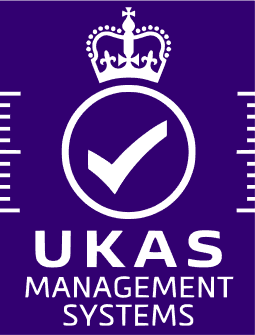Features
Microsoft Great Plains Integration
ERP Integration and Data Management
Seamless ERP Integration
Integrating with Microsoft Great Plains allowing for real-time data synchronization with M-Files. This means that financial records, inventory levels, customer data, and other operational details are always up-to-date across all platforms. This integration eliminates the need for manual data entry, reducing the risk of errors and ensuring that decision-makers have access to accurate information.
ERP System Synchronization
When transactions are automatically recorded in the ERP system, it ensures that financial and operational data across the organization are aligned. This coherence is crucial for accurate reporting, budgeting, and strategic planning.
Master Data Interface via Web Services
Compatibility with various ERP systems via web services allows for flexibility in integrating different software tools. This compatibility is key to ensuring that businesses can leverage the best tools available without being limited by system incompatibilities.
Unified ERP System Interface
A unified interface for different ERP systems reduces the complexity of managing multiple platforms. This simplification is important for enhancing operational efficiency and reducing the likelihood of errors due to system fragmentation.
Invoice and Transaction Processing
Document Management and Archiving
ABBYY Flexi-Capture Interface
This interface digitizes and organizes paper-based documents, converting them into actionable digital data. In a world where data is a critical asset, being able to quickly process and analyze information from various sources is key to making informed business decisions.
Automated Document Archiving
This feature automatically archives critical documents such as invoices and purchase orders. This automatic archiving is vital for ensuring that important documents are stored safely and can be retrieved easily, which is crucial for audit trails and historical data analysis.
Document Cross-Linking
Cross-linking documents for retrieval from both M-Files and the ERP's user interface enhances the ease of accessing information. This connectivity is important for ensuring that relevant documents can be quickly and easily found, regardless of where they are initially stored, thereby improving workflow efficiency.
Version History Maintenance
Maintaining a version history of every document is crucial for tracking changes over time. This feature is important for ensuring data integrity and for providing a clear history of document revisions, which can be critical in resolving disputes or understanding the evolution of a document.
Regulatory Compliant Archiving
Compliance with regulatory standards, like FDA 21 CFR Part 11, is vital for businesses in regulated sectors. It ensures that they meet legal requirements, avoid potential fines, and maintain their reputation in the market.
Operational Efficiency and Flexibility
Scalable Deployment
Scalability ensures that as a business grows, its systems can grow with it without requiring complete overhauls. This feature is key to supporting business expansion and adapting to increased operational demands without sacrificing performance or reliability.
High-Performance Architecture
A system designed for high transaction volumes ensures that it can handle peak operational periods without performance degradation. This reliability is crucial for maintaining continuous business operations and customer satisfaction.
Operational Flexibility
The ability to operate in both batch and real-time modes provides flexibility to match different business workflows and demands. This flexibility is important for optimizing processing times and for adapting to varying operational scales and complexities.
Complete Operational Traceability
Traceability of every operation within the system provides a detailed audit trail, which is critical for accountability and transparency. This feature is particularly important in environments where compliance with regulatory standards and internal audits are a priority


